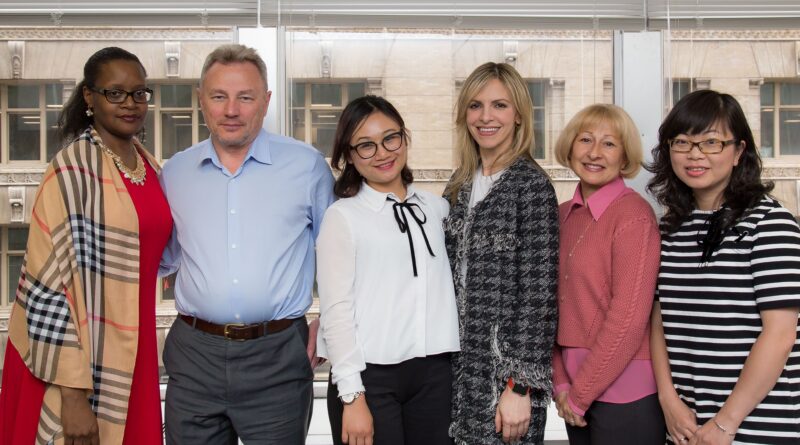Immigrant Heritage Week Celebration: Honoring NYCHA’s Language Services Unit
New York City is one of the most ethnically diverse cities in the world: multicultural, multiethnic, and multilingual. It is home to 3.1 million immigrants who comprise nearly 38% of the city’s population and 45% of its workforce. To celebrate its large and vibrant immigrant communities, the week of April 17 is recognized as the Immigrant Heritage Week in NYC as an homage to the legacy of April 17, 1907, the day when 11,000 immigrants – the largest number in history – entered the U.S. through Ellis Island.
Apart from English, Spanish (40.9%), Chinese (15%), and Russian (7.2%) are the most commonly spoken languages in NYC. As the largest landlord in New York City, NYCHA has a policy to ensure that all its residents, Section 8 voucher holders, and applicants who have limited English proficiency have access to its programs, activities, and updates. NYCHA’s Language Services Unit (LSU), in the Department of Communications, makes sure that all NYCHA residents have the necessary information in their native languages.
LSU was created to help immigrants with their communication needs. It is symbolic that all the LSU interpreters are immigrants themselves with different backgrounds and personal experiences of overcoming the language barrier.
Iryna Baranska has been an immigrant twice in her life. The first time was when she moved from Ukraine to Japan, and the second time was when she moved from Japan to NYC. Ms. Baranska said that despite many cultural differences, moving to Japan was easier than to the USA. Being proficient in Japanese, she never felt socially excluded from the language point of view.
For the last 13 years, Ms. Baranska has worked as an English-Russian interpreter at LSU, where she has been helping other Russian-speaking immigrants at NYCHA developments to feel part of the larger community and stay informed about important changes.
Ms. Baranska also helped establish the Language Bank volunteer program and trained hundreds of volunteer interpreters in NYC.
“My heart sings when I help people,” Ms. Baranska said. “The feeling when I see people who were waiting for their NYCHA apartments for many years to finally have them is one of the most rewarding moments of my job. I am very proud that I also had an opportunity to help people when Hurricane Sandy hit New York. At that time, I was collaborating with Russian-language radio Davidson in New York by announcing important information for Russian immigrants. And after Sandy hit, along with other NYCHA interpreters, I was knocking on residents’ doors and providing them with food and water.”
Katherine Tan-Li is the English-Chinese interpreter in NYCHA’s LSU. She is one of the founding members of LSU, who felt helpless two decades ago as a new immigrant. “Once I was in an emergency room with my mom,” she noted. “I saw how difficult it was for her to describe her symptoms to the doctor. It was at that very moment when I realized that I have to improve my English and help people who might be in a similar situation. Now more than ever, when anti-Asian hate crimes are on rise, it is important to make sure all messages are being translated, distributed, and published correctly and on time. Many people in the Asian/Chinese community are living in fear and financial hardships. We are here to help them realize that NYCHA is here even during the times of pandemic.”
The most common country of origin for immigrants in New York City is the Dominican Republic (New York City’s Dominican population exceeds 400,000). Gianna Nicasio came to NYC from the Dominican Republic at the age of 21. Now she helps the largest language group amongst NYCHA’s residents to receive equal treatment. Through English-Spanish interpretation, former journalist Ms. Nicasio found a new way to make the voices of the underprivileged heard.
“I witnessed how immigrants from Spanish-speaking countries often feel mistreated in different places because of the language barrier,” Ms. Nicasio said. “I was an immigrant once myself. I believe through my work at NYCHA I can give back to my community. The best feeling is to know that NYCHA residents are being taken care of.”
Photo caption: From left to right, Renia Covington, Victor Kuznetsoff, Katherine Tan-Li, Gianna Nicasio, Iryna Baranska, and Yongshu Wu (photo was taken pre-pandemic).







